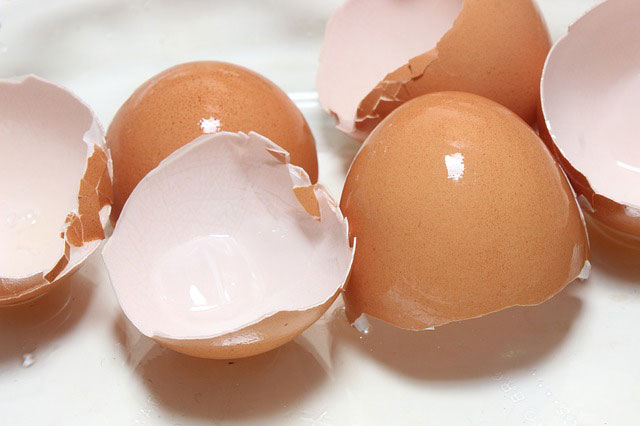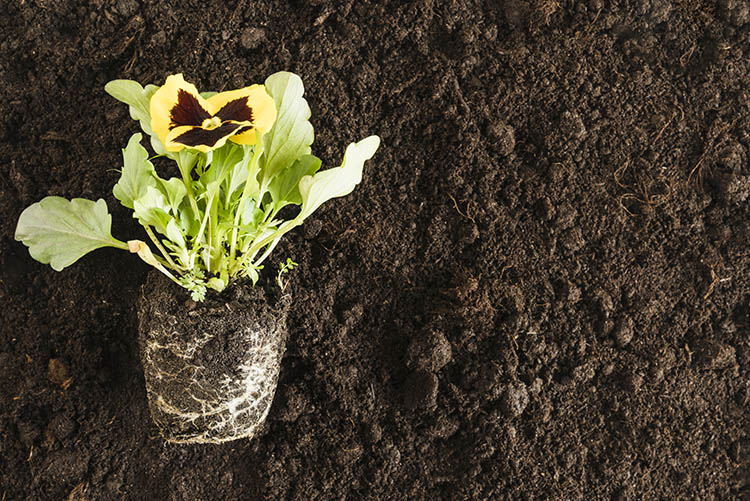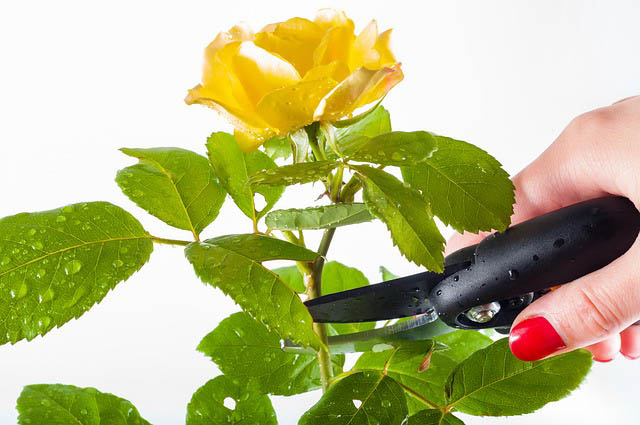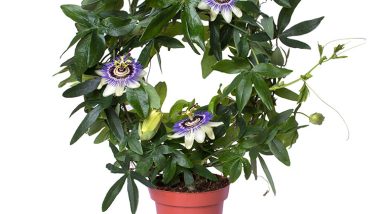Last updated on December 19th, 2024 at 06:39 am
10 Gardening Hacks. If you want to set up a small garden in your home, we want you to know about these 10 amazing gardening hacks first. These hacks will make it easy for you to take care of your new garden and prevent the common problems faced by other beginners. So let’s get started.
- Creative seed starters
Planting seeds directly into the soil is not a good idea because they are far more sensitive than young plants. High wind, crowded plants, and direct sun will not let your seeds sprout in the garden. So, you have to root these seeds in a small container first. And because you cannot buy dozens of small pots just for the seedlings, you must use an alternative way.
Here we present you with some creative options that will work great as seed starters.
- Eggshells
- Cardboard tubes
- Citrus rinds
- Paper towels
- Milk jugs
- Food containers
- Newspaper folds

- Make compost at home
Adding compost to garden soil improves its organic content. It also helps the plant easily absorb nutrients from the soil and grow at a healthy rate. Buying compost for one or two potted plants does not cost much. But it is expensive when you must buy it for an entire garden. So instead of buying it, you can make compost at home by using organic waste.

The Three Ingredients to a Compost
You need three ingredients to compost at home. First, you need brown organic waste, such as dead leaves and twigs. Then you need green organic material, such as fruit scraps and grass clippings. And then, you need to add water to this pile. This pile will turn into compost in six weeks to two years.
- Make soil amendments
You cannot change all the soil in your garden like you do for potted plants, but you surely can improve its quality. A well-draining, loose, organic-rich soil with good moisture-holding capabilities is ideal for plants. So, if your garden soil lacks any one of the above qualities, you need to make amendments or purchase them.
10 Gardening Hacks
If your garden has poor soil, you can increase its organic content by adding compost or manure. Next, you can add sand, perlite, or gypsum to improve the drainage. But if heavy soil with poor moisture-holding properties is the problem, you can solve it by adding peat moss, vermiculite, or greensand.
- Wear protective gloves
Soil contains millions of bacteria, fungi, and parasites that can enter your skin if you have a wound and touch the soil. Moreover, some plants are toxic, so handling them with bare hands will expose you to skin rashes and irritation. It is why you should always wear protective gloves while working in the garden.
- Soak seeds before planting
If you want your seeds to grow into young plants quickly, you need to soak them first before planting them into the soil. This simple trick will increase the germination rate of seeds, and they will produce roots quicker than ever. You can use wet paper towels to soak them. The water absorbed by the seeds will break their dormancy and increase their sprouting time. You should use this trick for larger seeds only.
- Trim the dead blooms
Dead blooms do not do any good to the plant. In fact, they are a burden on the plant because the plant constantly supplies nutrients and water to them along with healthy blooms. So, you should trim the dead blooms whenever you notice them. It will help the plant focus on growing the healthy parts only.
Trimming dead blooms also encourages more blooms. It is because then there is more room for healthy growth. You can trim the dead parts using shears or pinch them using your hand.
- Add mulch
It is one of the most important steps to maintaining a healthy garden. Adding mulch to the top of the soil prevents soil erosion, improves drainage, and protects the plant from extreme temperatures. It also helps the soil retain water by limiting evaporation from the soil.

You can use fallen leaves, wood chips, shredded paper, grass clippings, and compost for making mulch. You should add a mulch layer of at least 1-2 inches to your garden soil. Adding too much will suffocate the plants by blocking the airflow.
If you have Dwarf Carpet of Stars as a ground cover for your garden, there is no need for mulching. Because it grows 2 inches high, it protects the soil beneath on its own.
- Companion planting
Growing certain plants helps in pest control of other plants. Therefore, these plants are known as companions of each other. You can use companion planting for pest control in your garden. It is important, especially when growing fruits or vegetables in your garden.
For example, if you grow cabbage in your garden, you can prevent common pests by growing tomatoes near it. You can group up potatoes, cabbage, peas, corn, and beans to prevent each of their common pests.
- Honey for stem cuttings
Honey is one of the best mediums for rooting stem cuttings. It is because honey acts as a rooting hormone. It also stimulates the natural rooting hormone of the stem cuttings. Therefore, it increases their growth rate and helps them root faster.
The wounds on stem cuttings are susceptible to infections until they form a callus. Honey has antifungal and antibacterial properties, so it also protects the cuttings from getting any infections.
- Keep a gardening journal
Keeping a personalized gardening journal helps you keep track of the growing conditions of your plants. You should note down when you watered or fertilized each of your plants, so you never miss a watering or fertilization day. You should also note what vegetables and fruits you planted over the months. It will help you lay a sketch of which plant grows better in your garden. You can also write the care requirements of each plant in this journal so that you do not mix them up.






Interesting and thank you for posting this information for the gardener !
You’re Welcome.
How can I grow irises in Las cruces
Most irises are drought tolerant, especially the bearded Iris. They should be planted in full sun but some shade in the afternoon is good. Prune back in mid-fall as they will go dormant from late fall until mid-spring. Plant them about 4 -5 inches deep. Remember iris bulbs should be soaked in water at least 12 hrs before planting.